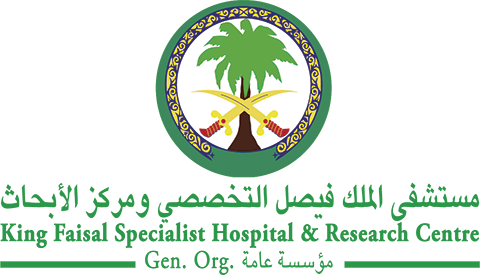Abstract
Objective/Background: Allogeneic hematopoietic stem cell transplant (HSCT) is the potential curative modality for poor-risk acute myeloid leukemia (AML), relapse remains the main reason for transplant failure. Early-phase studies showed azacitidine is safe for post-transplant maintenance therapy in AML. Methods: We performed a single institutional prospective cohort study to evaluate the benefit of azacitidine maintenance therapy following allogeneic HSCT in poor-risk AML. The main objective of this study is to generate a hypothesis aiming to optimize post-transplantation outcomes in poor-risk AML. Forty-nine adults with poor-risk AML who underwent allogeneic HSCT were evaluated in a nonrandomized prospective cohort fashion. Thirty-one participants received post-transplant azacitidine (32 mg/m2) on Days 1–5 for a 28-day treatment cycle beginning approximately 40 days after transplantation. The study was controlled using 18 matched individuals who were on a noninterventional surveillance protocol. Results: The relapse rate was significantly higher in the control cohort (66.67%) versus (25.81%) in the azacitidine maintenance cohort (p < .005). Time to relapse was significantly prolonged by azacitidine maintenance, not reached versus 4.1 months in the control arm (p < .0001). In addition, median overall survival was lower in the control cohort at 7.6 versus 27.4 months in the interventional cohort (p < .0001). At a median follow-up of 24 months, incidence of graftversus- host disease (GVHD) did not differ between study groups (p = .325). In both cohorts, minimal residual disease was correlated with higher hazard of relapse (95% confidence interval, 2.31–13.74; p < .001).
Recommended Citation
Keruakous, Amany R.; Holter-Chakrabarty, Jennifer; Schmidt, Sarah A.; Khawandanah, Mohamad O.; Selby, George; and Yuen, Carrie
(2023)
"Azacitidine maintenance therapy postallogeneic stem cell transplantation in poorrisk acute myeloid leukemia,"
Hematology/Oncology and Stem Cell Therapy: Vol. 16
:
Iss.
1
, Article 5.
Available at: https://doi.org/10.1016/j.hemonc.2021.03.001
Creative Commons License

This work is licensed under a Creative Commons Attribution-Noncommercial-No Derivative Works 4.0 License.
Included in
Cancer Biology Commons, Hematology Commons, Oncology Commons

